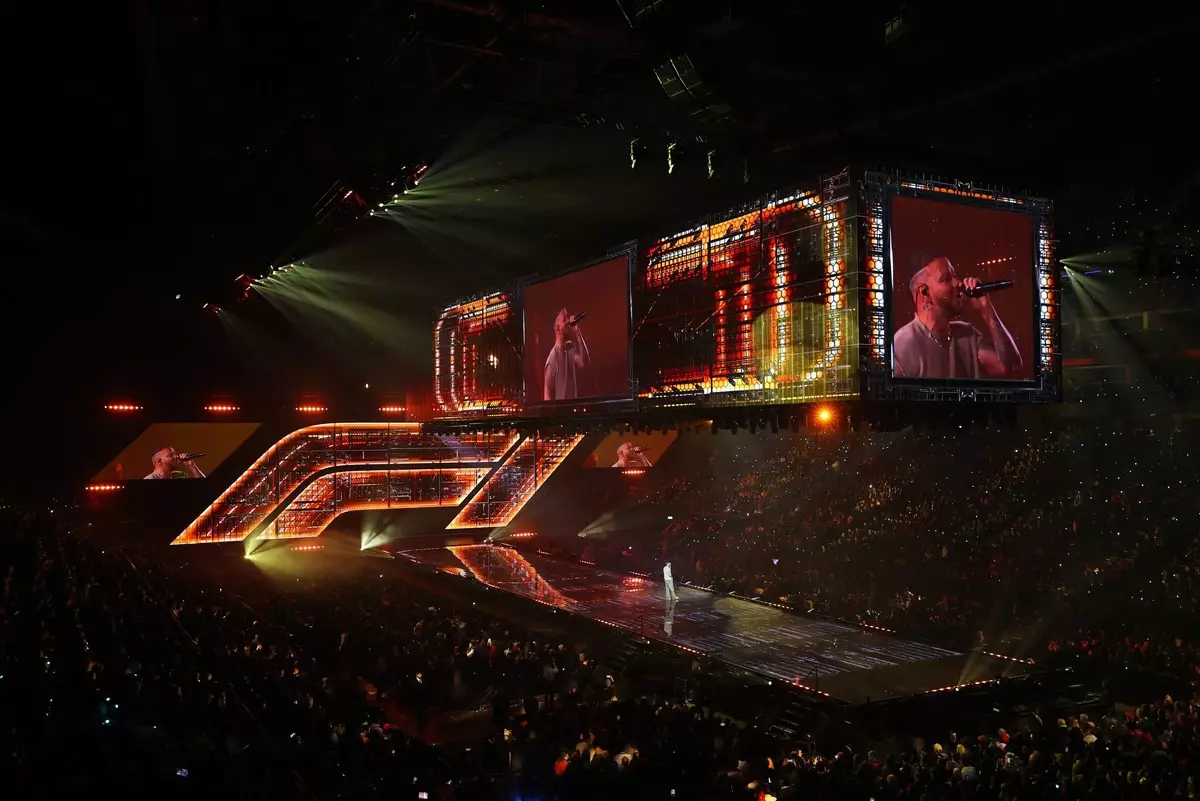The Formula 1 landscape is evolving, with a notable surge in engagement amongst new audiences, particularly highlighted by recent events at London’s O2 Arena. The excitement witnessed during the event reflects the series’ potential to reach beyond its traditional fan base, bolstered by elements of accessibility and familiarity. This article examines the implications of these shifts, the challenges faced by F1 as it strategizes its future events, and the opportunities that lie ahead for the sport as it aims to bolster its global presence.
The exclamations of joy and excitement from attendees at the F175 event signal a successful outreach initiative. Many fans expressed that witnessing their favorite drivers in person was an exhilarating experience, one they had previously only dreamed of. The familiarity of the venue combined with the high accessibility of the event has undeniably sparked interest in experiencing a live F1 Grand Prix for the first time. This moment illustrates a significant opportunity for the sport to bridge the gap between dedicated aficionados and curious newcomers.
F1 has historically catered to a specific demographic, with the image of elite street circuits and exclusive events alienating potential fans. The enthusiastic response to the London event suggests that by hosting races and exhibitions in more approachable settings, F1 can broaden its appeal. This has the capability not only to enhance ticket sales at major races but also to engage a community spirit surrounding the sport.
Challenges on the Horizon
Despite the event’s success, F1 is faced with paradoxical challenges as it contemplates future configurations and the repercussions on logistical aspects. Complaints about diverting driver schedules are prevalent, highlighting the tensions between marketing efforts and operational efficiency. There are genuine concerns regarding added production costs and the intricate logistics involved in organizing similar events.
Interestingly, while F1 has profited from rising interest, the reality of commercial viability remains uncertain. Team managers will undoubtedly prudently gauge the ROI of F175. The anticipation is palpable as stakeholders await the translation of heightened interest into tangible monetary figures. Until this evaluation occurs, the prospect of repeating such successful initiatives is marred by caution.
For instance, as celebrations looming for F1’s 75th anniversary draw near, discussions surrounding the British Grand Prix’s recognition remain minimal. With MotoGP’s commendable efforts showcasing retro liveries for their milestone, F1 finds itself at a crossroads. Should it adopt a more celebratory approach or maintain its traditional performance-focused branding? The decisions carried forward will impact how fans perceive the sport and its ability to innovate in honoring its heritage.
The Broader Global Strategy
Formula 1’s marketing departments must visualize a roadmap for extending its brand reach and fan engagement. The landscape presents numerous possibilities beyond the UK, notably Madrid’s potential bid to host the Spanish Grand Prix. This highlights mega cities as attractive, feasible locations to foster local fandom alongside the overarching brand appeal of F1.
Moreover, with Liberty Media keen on penetrating the American market post-2017 acquisition, the discussion shifts toward how events might be constructed in ways that capture local enthusiasm while preserving F1’s global identity. Similarly, the prospect of Rwanda vying for future Grand Prix hosting suggests that F1 is open to exploring new territories as part of its expansion strategy—embracing diversity with the global appeal of motorsport.
Nonetheless, as nations like those in the Middle East show interest, Formula 1 must strike a balance between lucrative financial prospects and retaining its essence of fan engagement. It’s pivotal that while exploring opportunities for diverse race locations, the core focus remains on cultivating genuine connections with fans, ensuring the sport remains grounded.
F1 stands at an exhilarating but uncertain intersection, where the potential for expanded engagement and revitalized interest dangles enticingly in front of it. The experiences from the F175 event should serve as a powerful reminder and blueprint for the future, catalyzing further efforts to reach wider audiences. Genuine fan involvement should top the agenda, as the sport recalibrates to meet the challenges of modern entertainment consumption.
Ultimately, if Formula 1 wishes to thrive in this new landscape, it must devote significant effort to merging marketing ingenuity with the authenticity of dedicated fan experiences. By ensuring that decisions are made with the audience’s joy and engagement at heart, F1 may well establish itself as a cornerstone of global motorsport, appealing across cultures and demographics for generations to come.


Leave a Reply